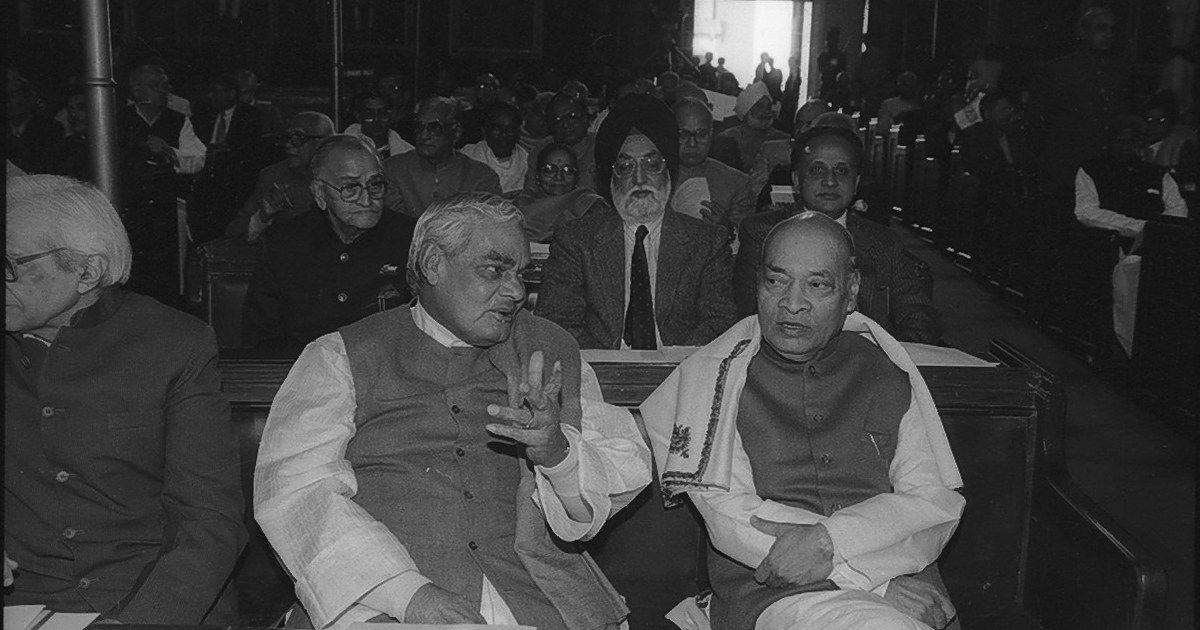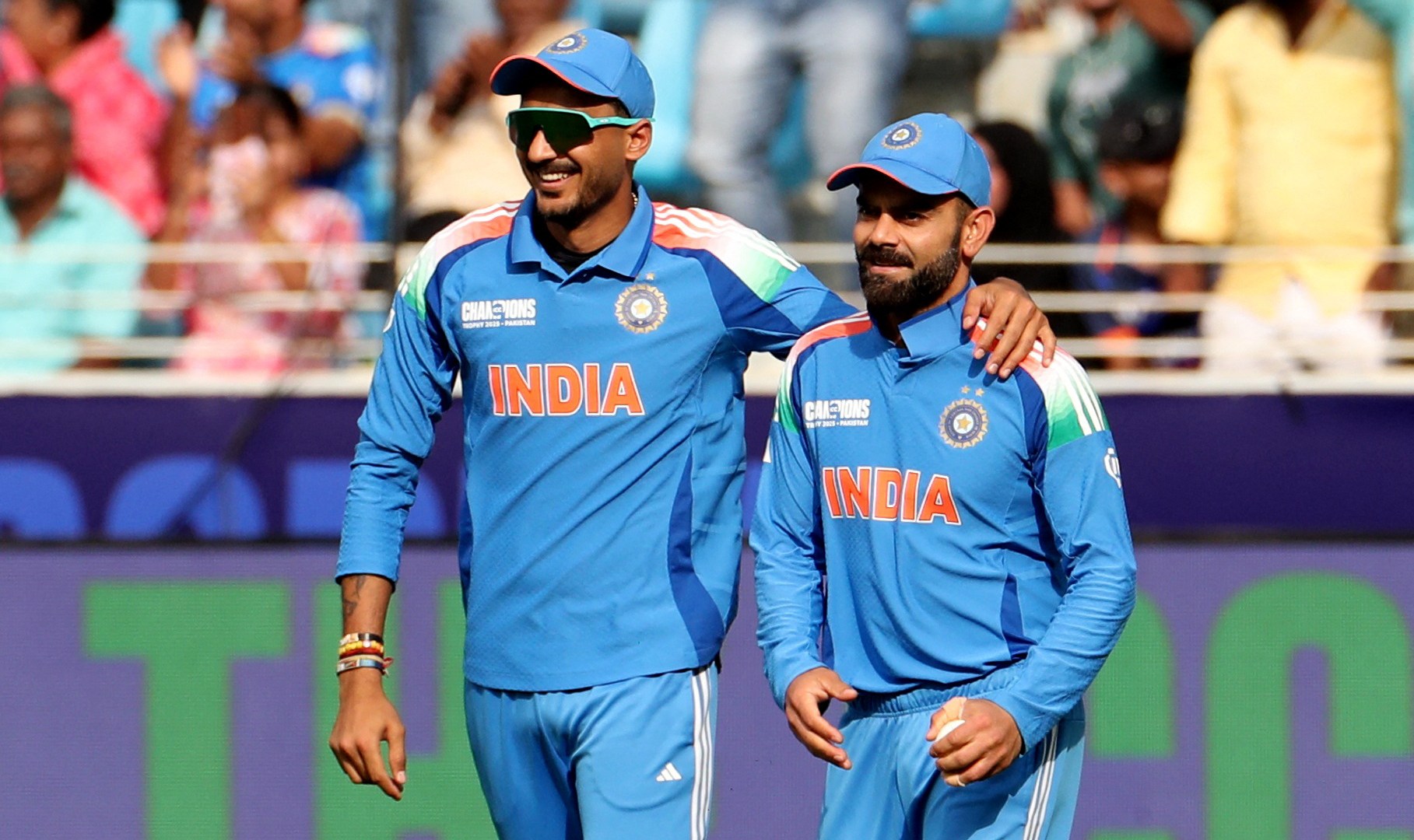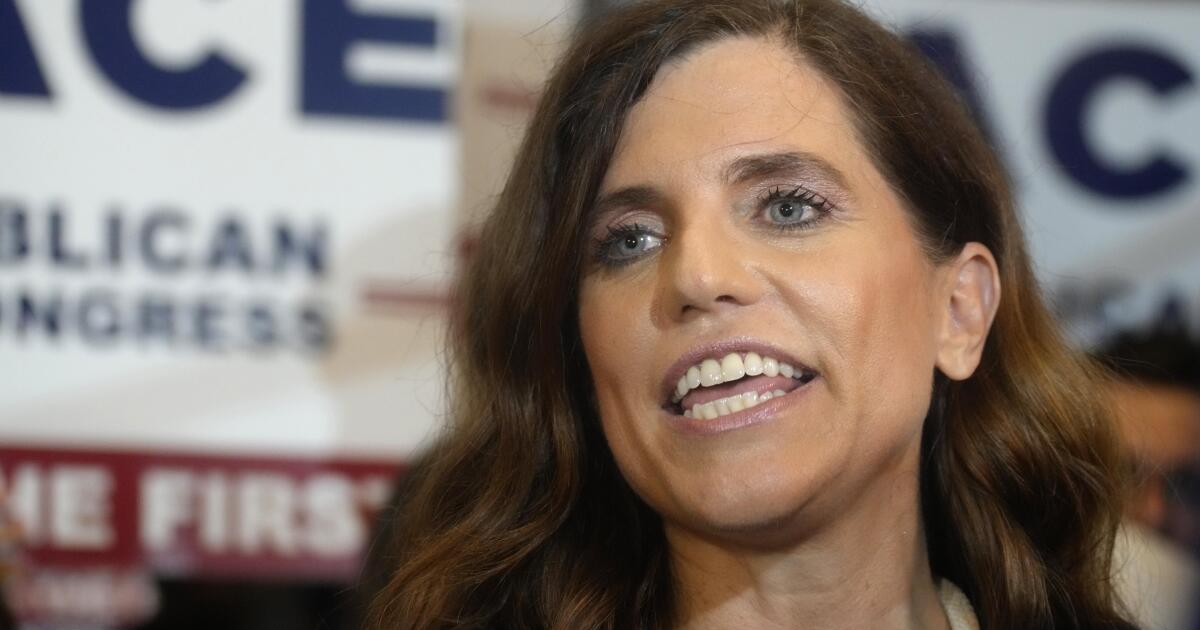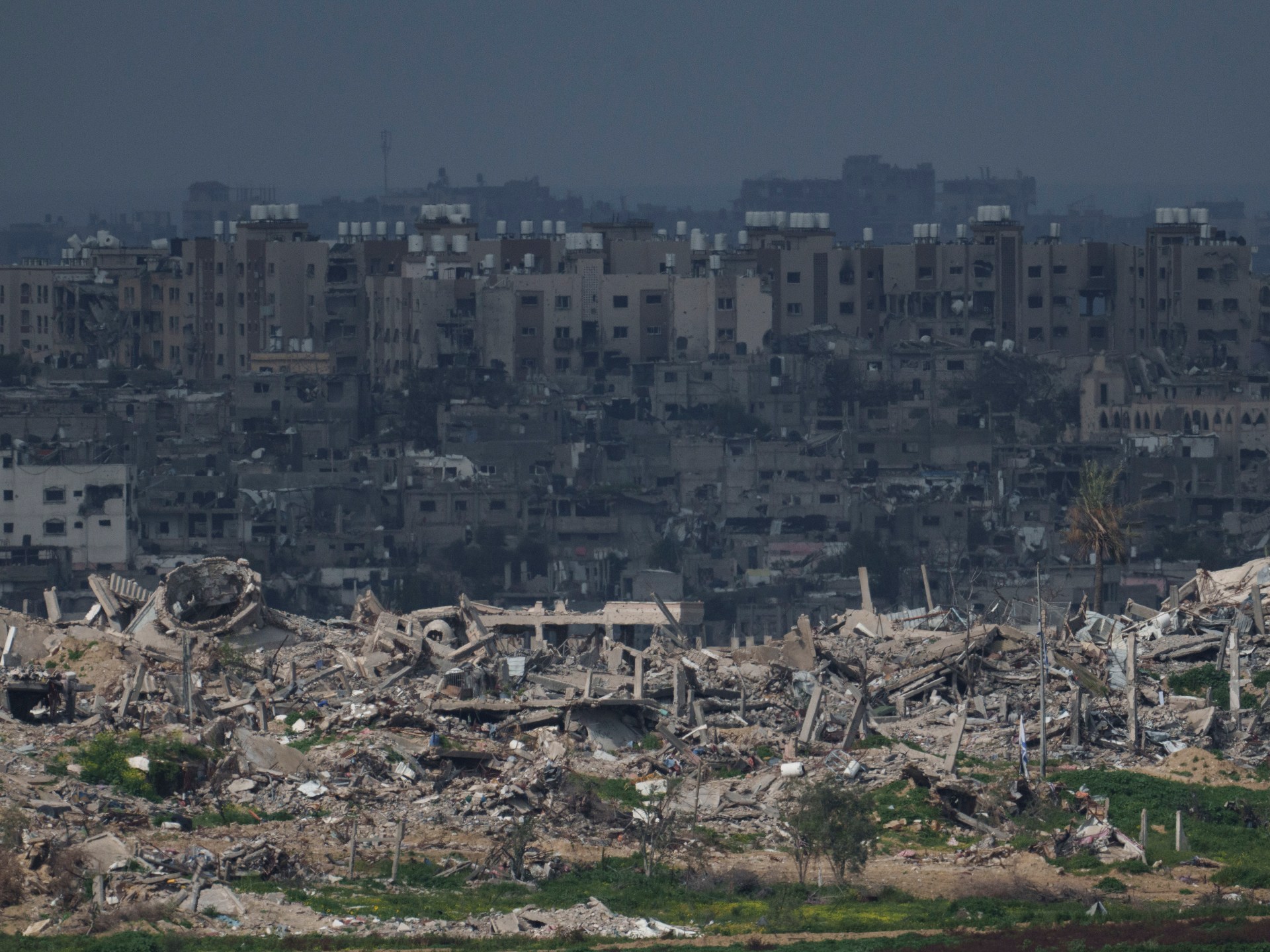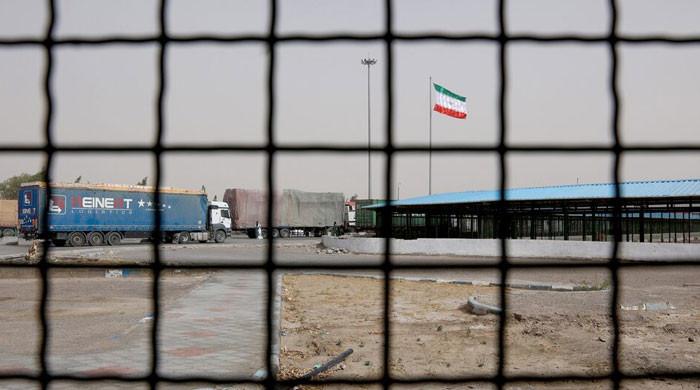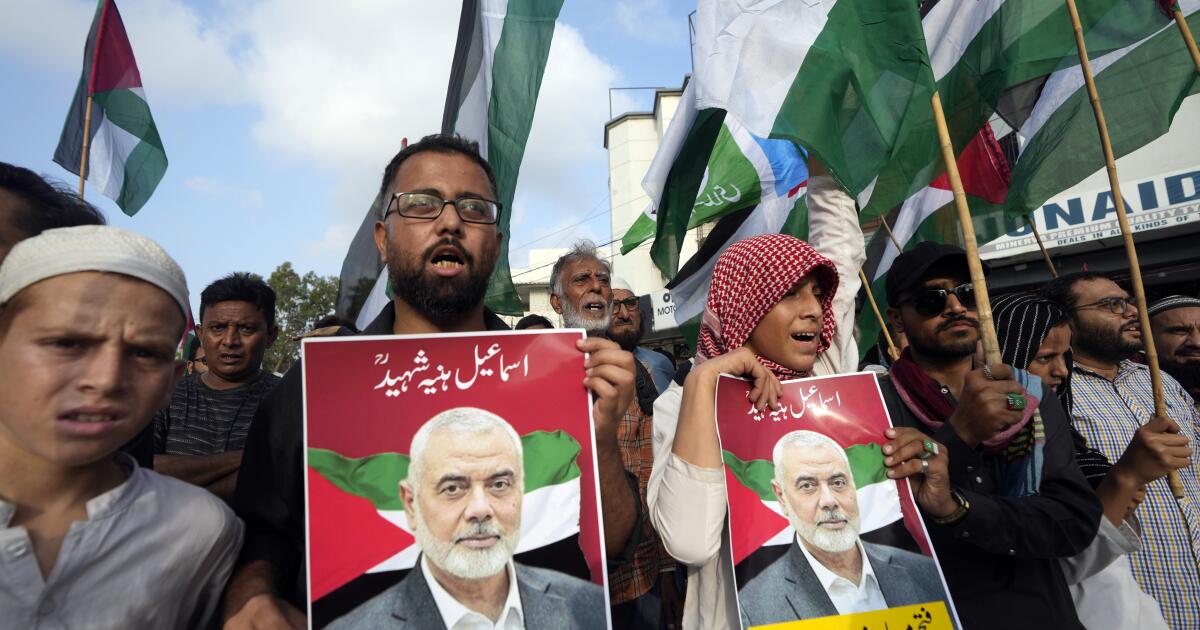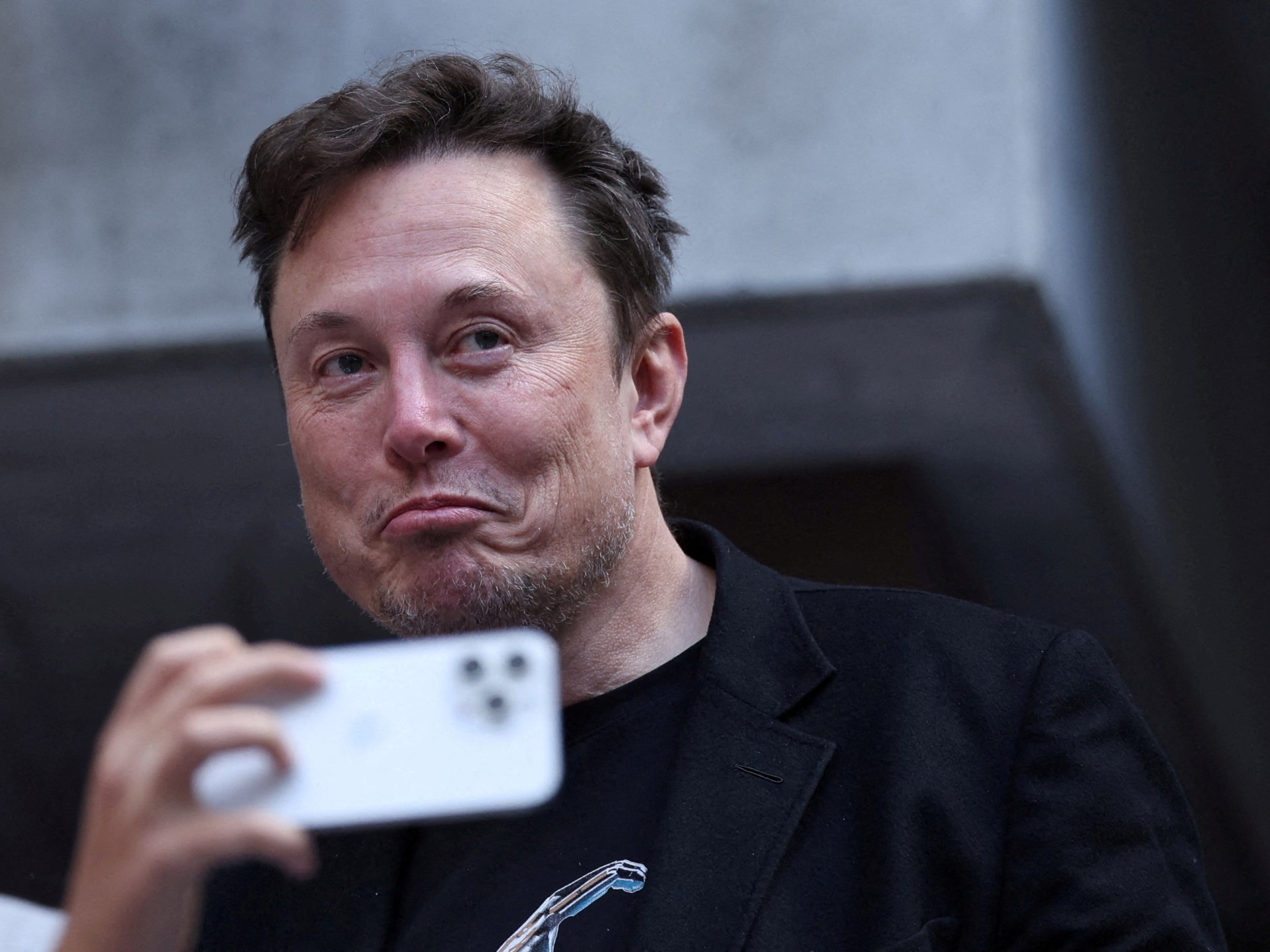Narendra Modi is likely to return as India's prime minister for a third term, but will have to rely on his allies to lead a coalition government for the first time after his Bharatiya Janata Party (BJP) fell short of a majority.
Modi led the BJP to landslide victories in the 2014 and 2019 elections, winning 283 and 303 respectively, becoming the dominant leader of the world's largest democracy.
Analysts said the shock 2024 results, in which the BJP won 240 seats (32 short of the majority), would dent Modi's aura and could force the 73-year-old leader to change his style of governance, which will now be dictated partly by coalition partners. .
The 14-party National Democratic Alliance (NDA) managed to bag 53 seats, giving the BJP-led coalition a total of 293 seats, 21 more than the required majority of 272 seats.
This is not the first time the Hindu nationalist party has led a coalition government. In fact, the first BJP government, formed in 1996, was a coalition led by Atal Bihari Vajpayee. It lasted only 13 days. Vajpayee returned as Prime Minister with the backing of the National Democratic Alliance (NDA) in 1998.
This is what coalition governments have been like for India in the past:
1977-1979: India's first coalition government
India's first coalition government was formed in 1977 after the Congress lost the elections. It was the party's first defeat since it led the country's independence from the British in 1947.
The 1977 elections were held almost two years after Congress leader and Prime Minister Indira Gandhi imposed a state of national emergency. Gandhi lifted the emergency and announced early elections in January 1977.
Gandhi was defeated by a diverse alliance of parties called the Janata Party, which included the BJP's precursor, the Bharatiya Jana Sangh. Other parties in the alliance included the Bharatiya Lok Dal (BLD), a merger of seven left regional parties, the Socialist Party, the Swatantra Party and the splinter Congress Party.
Morarji Desai became Prime Minister after the victory of the Janata Party in those elections.
1979-1980: How India's first coalition divided
The coalition under Desai lasted for two years until the Janata Party split due to ideological differences. Desai's home minister Charan Singh parted ways after he was asked to resign from the cabinet.
Singh became prime minister in 1979 with the backing of splinter groups in the Janata Party and external backing from the Congress Party.
But Singh's tenure lasted only 23 days as the Congress Party withdrew its support, forcing Singh to resign.
In the 1980 elections, Indira Gandhi returned to power, when the Congress won 353 seats. The Janata Party (Secular), a faction of the Janata Party, won 41, becoming the second largest party at the time.
1989: The coalition against Congress
The 1989 election results marked a new historic first for India: it was the first time that no party or pre-election coalition won a clear majority after the Congress led by Indra Gandhi's son Rajiv Gandhi won 197 of 529 seats.
Vishwanath Pratap Singh, former Congress party leader and Finance Minister, formed a new coalition called National Front against his old party, which he had resigned from in 1987.
The National Front led by VP Singh managed to secure 143 seats, while the BJP won 85 seats, its best performance since the party was formed in 1980. VP Singh became prime minister in 1989, backed by the BJP.
His government fell in 1990 after the BJP withdrew its support when its top leader, Lal Krishna Advani, was arrested during his cross-country yatra (journey) to build a Ram temple in Ayodhya, where a temple was located at the time. 16th century mosque.
Chandra Shekhar, a senior Janata Dal (JD) leader, split the party, which was part of the National Front, and formed the Samajwadi Janata Party in 1990. He succeeded VP Singh as prime minister in November 1990 with outside support from the Congress. . party. His government also fell several months later, ending a series of short-lived coalition governments.
In the 1991 elections, the Congress Party again emerged as the largest party mainly due to sympathy for the assassination of Rajiv Gandhi, father of current leader Rahul Gandhi, during a campaign rally. Congress leader PV Narasimha Rao became prime minister with external support from the Janata Dal. Rao's government, which completed his tenure, initiated economic reforms that paved the way for high growth in the coming decades.
1996: the 13-day coalition
The BJP emerged as the largest party for the first time in 1996. The party won 161 seats, while the Congress came second with 140 seats, and the JD came a distant third with 46 seats.
Vajpayee was sworn in as prime minister but failed to win a majority in parliament. His government lasted only 13 days.
He was succeeded by HD Deve Gowda, leader of the United Front, a new coalition comprising 13 parties, including the JD and the Telugu Desam Party (TDP), as well as Left and communist parties. Deve Gowda's government fell due to coalition disputes within a year. Inder Kumar Gujral replaced him, but his government too could not survive for more than a year.
1998: The birth of the NDA
Vajpayee returned as Prime Minister after the United Front coalition was eliminated in the 1998 elections. This time, he was able to form a coalition called NDA, which included parties like Shiv Sena and All India Anna Dravida Munnetra Kazhagam (AIADMK). This government lasted 13 months before the AIADMK withdrew its support.
1999: NDA coalition
BJP leader Vajpayee led the NDA coalition to victory in 1999, winning 182 seats. The government completed its full term.
“I don't think you can say that coalition governments haven't worked,” Jagdeep S Chhokar, founder of the Association for Democratic Reforms, which works on electoral and political reforms, told Al Jazeera.
“India's diversity makes a coalition inherently unstable. Yet that is what diversity seems to require. India cannot be governed by a uniform entity. There needs to be dialogue, discussion, debate, give and take and being receptive to other people's opinions, all of which are the opposite of a dictatorship,” Chhokar said.
2004-2014: The birth of the UPA
The Congress Party, under the leadership of Sonia Gandhi, Rahul Gandhi's mother, emerged as the largest party. He formed a new coalition, the United Progressive Alliance (UPA). Manmohan Singh, the architect of India's economic reforms as finance minister in 1991, was elected the new prime minister.
The UPA alliance under Singh's leadership was re-elected for a second term in the 2009 elections on the back of impressive economic growth. Once again, the Congress ruled from 2009 to 2014 as the head of a coalition: it had no majority of its own.
How will Modi's coalition government be different?
“We have had coalition governments for 20 or 30 years under Vajpayee and Singh,” said Chhokar of the Association for Democratic Reforms.
The incoming coalition government under Modi, he said, could be different “because of the people involved.”
“Vajpayee and Singh were different types of people, and Modi is different,” Chhokar said, adding that the previous two prime ministers “were more accommodating to different opinions, while Modi seems to be the person who likes to get his way.” hers”.
“Then there may be a storm.”

